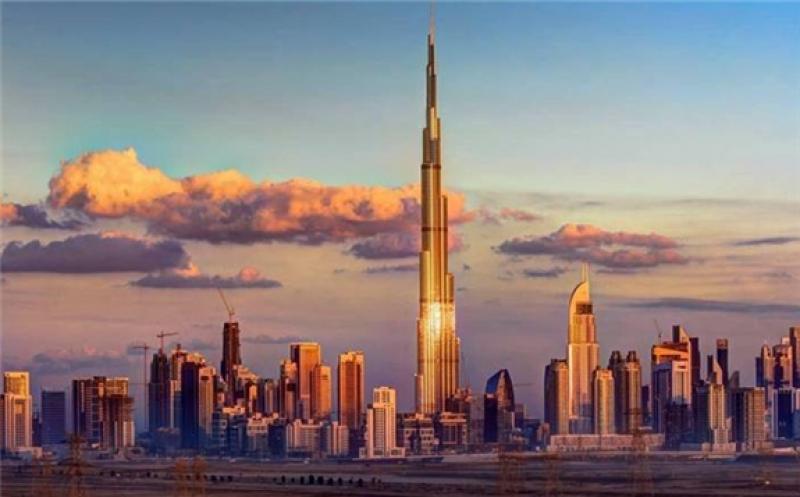Renewable power generation grew worldwide at the fastest rate in two decades in 2020, and that trend is set to continue in the aftermath of the pandemic led by countries including the UAE, which is on course to double clean energy production by 2030.

A new report released on Tuesday by the International Energy Agency (IEA) said renewable energy added last year jumped 45 per cent to 280 gigawatts (GW), marking the largest year-over-year increase since 1999. The UAE has been a key contributor to this clean energy drive, having increased its renewables portfolio by over 400 per cent in the last 10 years.
The UAE’s clean energy company Masdar, wholly owned by the Mubadala Investment Company, is a key contributor by more than doubling its portfolio in the last two years to 11 GW, and expects to double its renewable energy capacity in two to three years through global expansion.
The Paris-based IEA envisions this worldwide rate of growth to become the "new normal." IEA sees 270 GW added in 2021, followed by 280 GW in 2022. These estimates are 25 per cent higher than the agency's prior forecasts given last November.
"Wind and solar power are giving us more reasons to be optimistic about our climate goals as they break record after record," said Fatih Birol, IEA's executive director. "Last year, the increase in renewable capacity accounted for 90 per cent of the entire global power sector's expansion."
The UAE, for instance, is well on track to double its clean energy portfolio after becoming the first country in the region to deliver safe, commercial and peaceful nuclear power. On April 6, this year, the UAE’s first nuclear facility, Barakah unit 1, entered commercial operation. The Emirates Nuclear Energy Corporation (ENEC) said the unit, which is operated by Nawah Energy Company, has been the single largest electricity generator in the UAE since reaching 100 per cent power in early December.
The 1400-megawatt unit, which is in the Al Dhafra region of Abu Dhabi, is now providing "constant, reliable and sustainable electricity around the clock". As a result, ENEC says it is "now leading the largest decarbonisation effort of any industry in the UAE to date."
Masdar, which currently has around $20 billion in investments, as part of its global expansion seeks to focus this year on projects in Central Asia and South-East Asia, where it has recently signed a number of agreements.
The company is focusing on Asia, where economic growth and the regulatory environment are conducive to investments. Masdar made its first entry into South-East Asia through Indonesia's first floating photovoltaic power plant, a 145 MW project that is being developed in partnership with PT PJBI, a subsidiary of Indonesia's state electricity company PT PLN (Persero).
IEA said policy decisions in China and the U.S., among other things, fuelled the growth, counteracting the impact of supply chain disruptions from the coronavirus.
In its report, IEA said solar installations will continue to break records, and predicts more than 160 GW installed annually by 2022. The agency said that's almost 50 per cent above 2019's pre-pandemic installations. Utility-scale projects are expected to propel the growth, rising from over 55 per cent of annual additions to nearly 70 per cent per cent by 2022.
"Following the pandemic-induced slowdown of the first half of 2020, U.S. residential and commercial markets recovered fully and even grew in the latter part of the year," the report said.
Global wind capacity additions jumped more than 90 per cent in 2020 to hit 114 GW, although IEA envisions a slowdown in growth during both 2021 and 2022.
Renewable capacity growth in China is poised to stabilize below 2020's record level thanks to production that was pulled forward, but any slowdown will be balanced by acceleration in other regions.